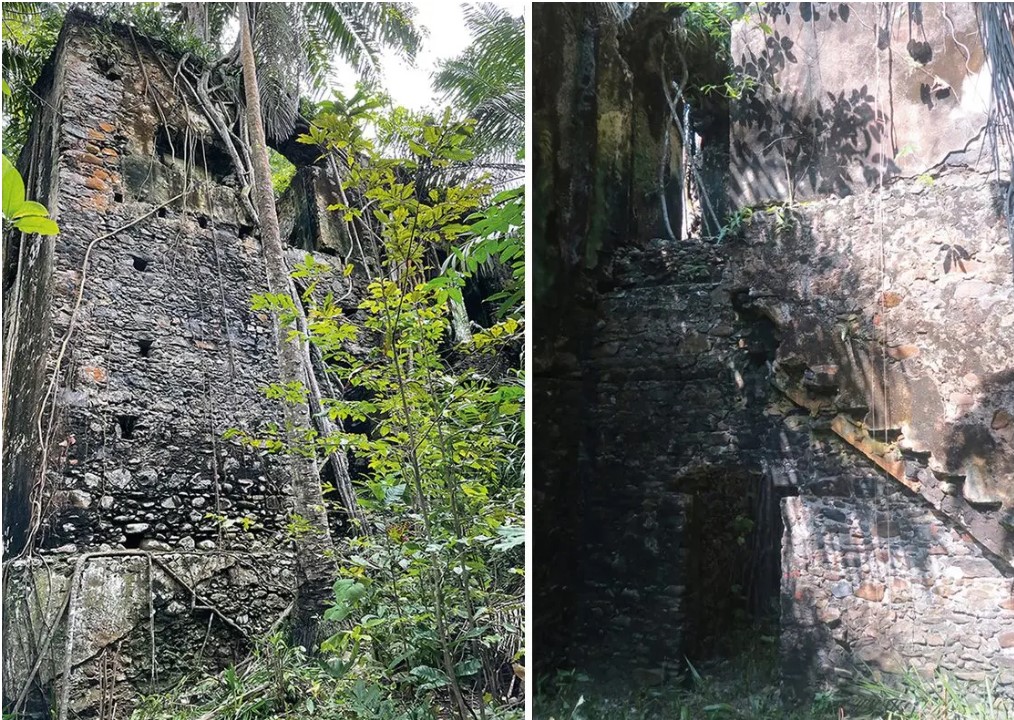Unveiling the Past: Archaeologists Illuminate the Material Culture of Slavery on São Tomé Island
Recent archaeological excavations on São Tomé Island, situated in the Central African nation of São Tomé and Príncipe, have offered a profound glimpse into the material culture of slavery. The findings shed light on the island’s historical significance as a pioneer in the plantation economy driven by sugar production and enslaved labor during the 16th century. This exploration uncovers the complex dynamics of exploitation and labor that left an indelible mark on the island’s history and resonated globally.
Historical Context: São Tomé Island and the Sugar Trade
Named after Saint Thomas and Prince by Portuguese settlers who arrived in 1470, São Tomé Island played a crucial role in the early colonial history of Africa. By the 1530s, the island had become a dominant global producer of sugar, driven by the labor of enslaved Africans sourced from various regions, including the Slave Coast of West Africa, the Niger Delta, the island of Fernando Po, and later from the Kongo and Angola. This sinister trade in human lives laid the foundation for the plantation economies that would shape the course of history across the Americas.
The Rise and Fall of the Plantation Economy
São Tomé’s rapid ascent as a sugar-producing powerhouse was marred by the suffering of the enslaved workforce. The plantation economy thrived, but competition from Brazil and frequent uprisings by the enslaved population led to significant economic losses by the early 17th century. The success and decline of São Tomé’s sugar plantations served as a blueprint for similar economies across the Atlantic.
Archaeological Insights: The Praia Melão Sugar Mill and Estate
A collaborative effort between archaeologists from the University of Cologne and the Centre for African Studies at the University of Porto (CEAUP) delved into the history of the Praia Melão estate, once São Tomé’s largest sugar mill and estate during the 16th century. This site offers a window into the lives of those who lived and toiled within the oppressive system of plantation slavery.
The estate’s structure, mirroring the scale of its enslaved workforce, was characterized by strategic architectural elements. Windows, designed to surveil and control the laborers, provided an unobstructed view of the workspaces, a testament to the grim reality of coercion and surveillance.
Material Remnants and Transatlantic Connections
The archaeological findings at Praia Melão revealed a trove of ceramics, notably sugar moulds, scattered across the site and integrated into the building’s walls. The origins of these ceramics were uncovered through X-ray fluorescence analysis, revealing their manufacture in the Aveiro-Ovar region of Portugal—a significant ceramic production center of that era.
Implications for Colonial History
These discoveries offer a unique perspective on the origins of the plantation economic model, which later unfolded across the Americas. The research underscores the intricate web of long-distance connections that facilitated the success of this exploitative system. As researchers assert, the study holds the potential to reshape our understanding of colonial history, shedding light on the global dimensions of exploitation and labor that marked this era.
Conclusion
The archaeological revelations on São Tomé Island stand as a poignant testament to the enduring legacy of slavery. By peeling back the layers of history within the Praia Melão estate, researchers provide insights into the material culture, labor dynamics, and long-distance connections that fueled the island’s sugar-driven economy. This exploration ultimately enriches our comprehension of the interconnected colonial history that shaped the world we inhabit today.




